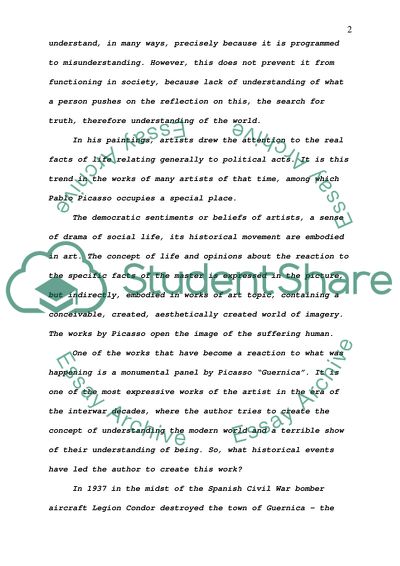Cite this document
(“Genesis of a Painting: Picasso's Guernica Essay”, n.d.)
Genesis of a Painting: Picasso's Guernica Essay. Retrieved from https://studentshare.org/visual-arts-film-studies/1730518-assessment-component-3
Genesis of a Painting: Picasso's Guernica Essay. Retrieved from https://studentshare.org/visual-arts-film-studies/1730518-assessment-component-3
(Genesis of a Painting: Picasso'S Guernica Essay)
Genesis of a Painting: Picasso'S Guernica Essay. https://studentshare.org/visual-arts-film-studies/1730518-assessment-component-3.
Genesis of a Painting: Picasso'S Guernica Essay. https://studentshare.org/visual-arts-film-studies/1730518-assessment-component-3.
“Genesis of a Painting: Picasso'S Guernica Essay”, n.d. https://studentshare.org/visual-arts-film-studies/1730518-assessment-component-3.


